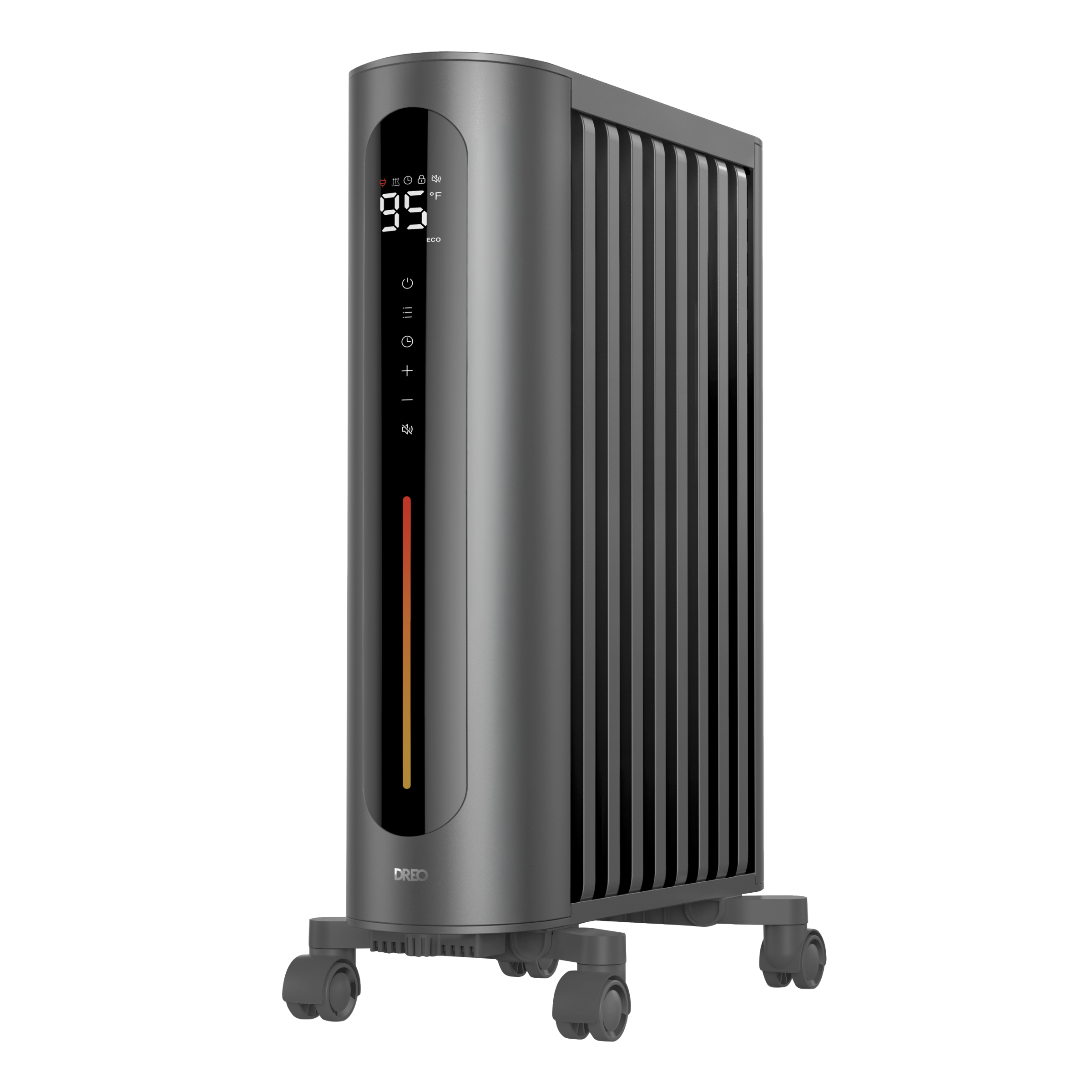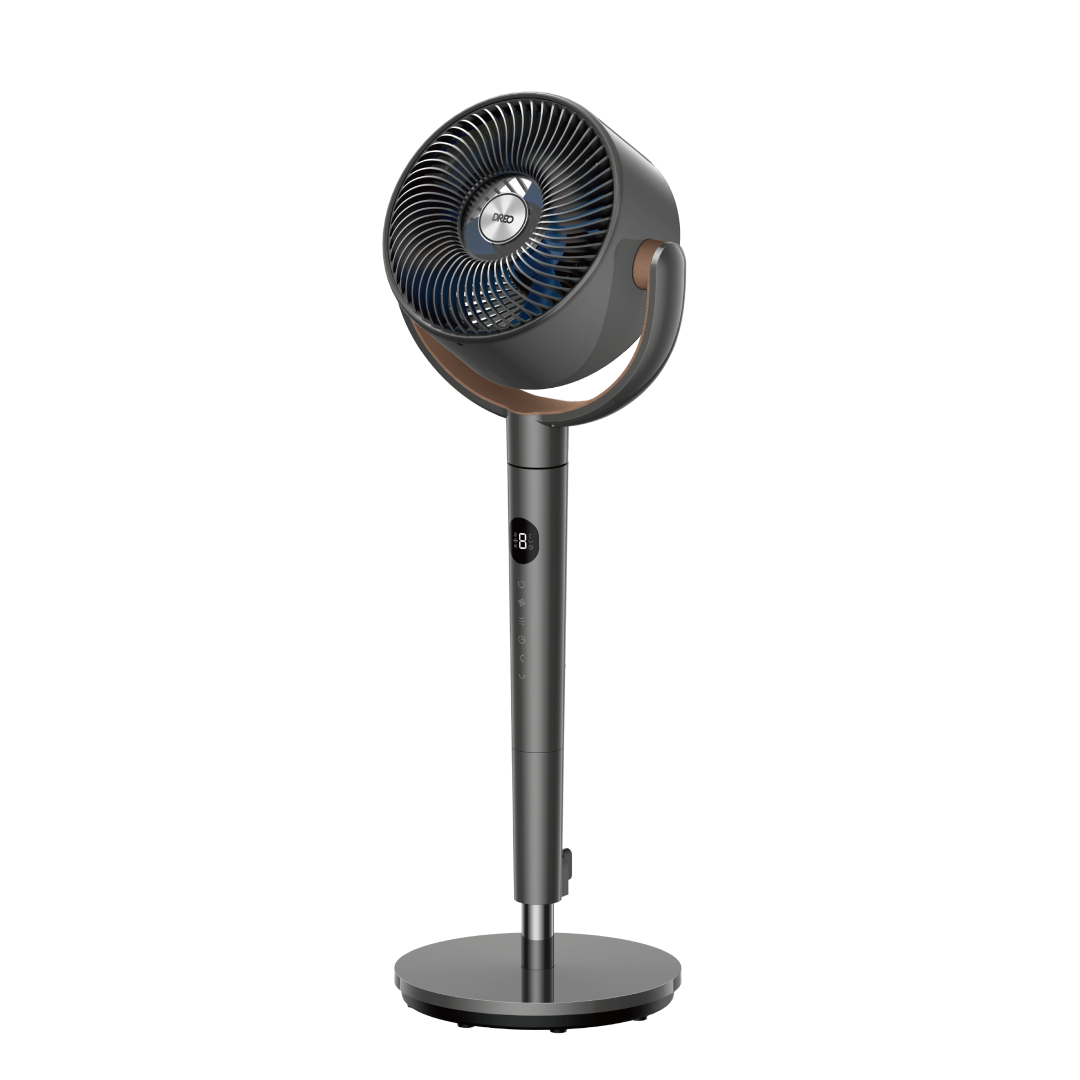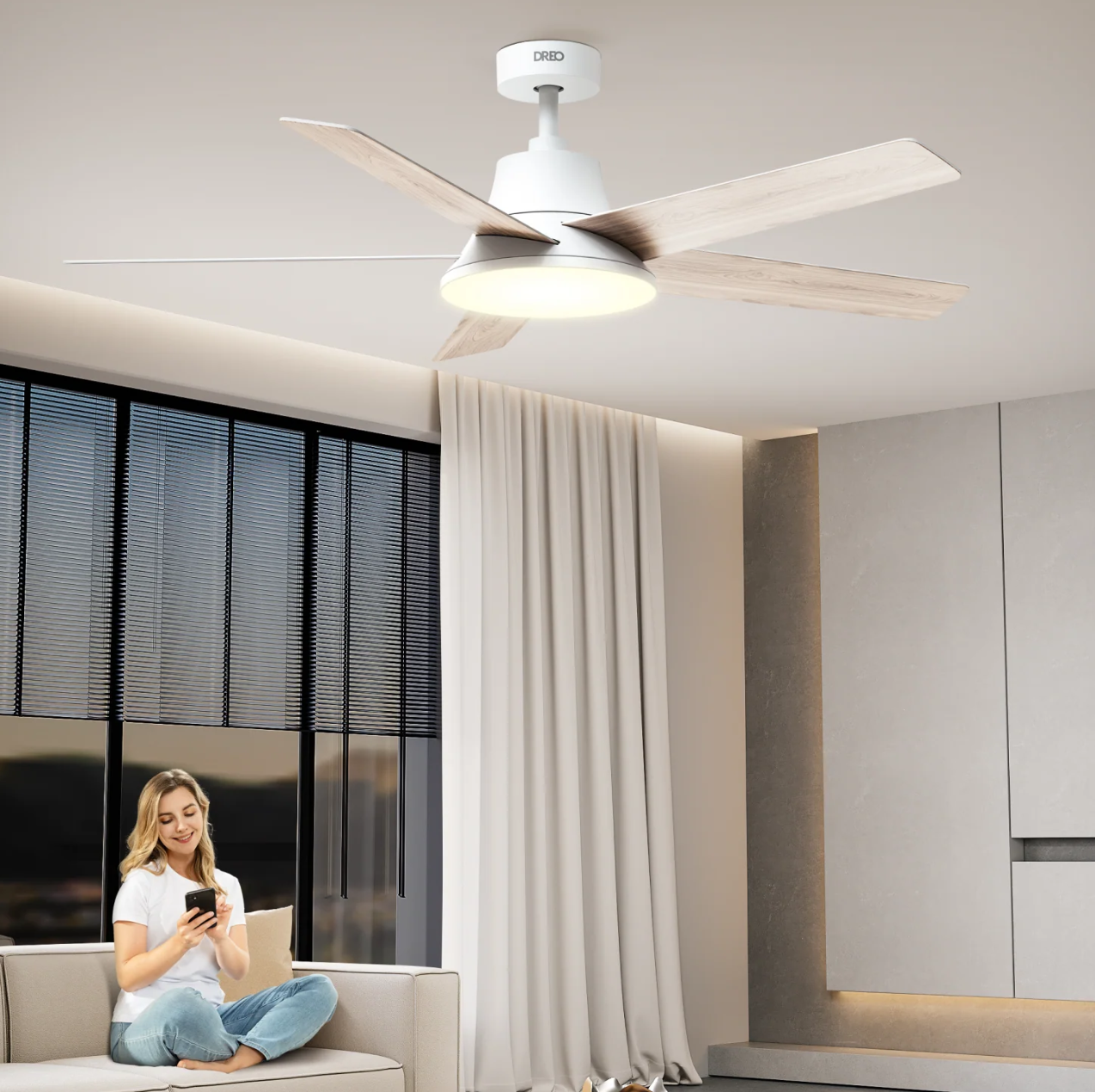Ever found yourself wondering if your humidifier works better when the air is already a bit humid? You're not alone! There's often a bit of confusion around how humidifiers actually perform at different humidity levels, and understanding this can help you get the most out of your device.
Whether it's the dry winter air or the unpredictable moisture levels in between seasons, knowing how and when to use a humidifier can make a huge difference.
What Does a Humidifier Do?
Humidifiers are designed to add moisture to dry air, which is essential when indoor humidity drops below 30%, especially in winter. Studies show that maintaining humidity between 40% and 60% can reduce issues like dry skin, and respiratory discomfort, and even prevent the spread of airborne viruses.

When is a Humidifier Most Effective?
Humidifiers can be used year-round, but their role shifts depending on the season. The effectiveness of a humidifier is all about balance.
In extremely dry air, such as during the colder months, humidifiers are essential for adding moisture. But even when humidity levels are higher, like in more temperate seasons, a humidifier still plays a crucial role in maintaining optimal conditions.
Whether it's a dry day or a more humid one, a humidifier like the DREO HM524, equipped with advanced sensors, can monitor moisture levels and automatically adjust the mist output. This ensures consistent humidity, helping you maintain a comfortable and balanced environment with minimal effort, regardless of the changing air conditions.
If you're dealing with fluctuating humidity in your environment, a more precise model like the DREO HM306 might be a great fit. Its 5μm ultrafine mist combined with 2.4MHz high-frequency atomization ensures that moisture is evenly dispersed, preventing excess moisture that could lead to wet surfaces. This allows for consistent, controlled humidity, keeping your space fresh and balanced without the risk of oversaturation, even during fluctuating humidity levels.

How to Maximize Your Humidifier’s Effectiveness?
To get the best performance from your humidifier, follow these simple tips:
Placement is Key: Place your humidifier in the center of the room or in an open space where the mist can spread easily. Avoid putting it against walls or in corners, as this can limit airflow and make it less effective.
Choose the Right Size: Make sure your humidifier fits the size of your space.
If you have a larger room: Go for a model like the DREO HM735S, which covers up to 700 sq.ft. It also has smart controls, letting you adjust the humidity easily with the DREO app, voice, or remote control. Simply put, you can set it and forget it.
If you have a smaller room: A countertop 26dB model with a 360-degree rotating nozzle to evenly distribute moisture, like the DREO HM311, will save you space but also ensure consistent humidity without disturbing your peace.
Keep it Clean: To ensure your humidifier works efficiently and safely, clean it regularly to prevent bacteria or mold buildup. Look for models with self-cleaning features or those compatible with clean mist or demineralization cartridges. This helps keep the mist fresh and clean, no matter the season or changing humidity levels in your home.

Final Takeaway
Humidifiers are effective at keeping your air balanced, even when the humidity levels shift. Whether you're tackling dry winter air or more humid days, with the right model, you can enjoy comfort and freshness year-round.
Ready to experience better air quality? Check out DREO’s humidifier lineup for a smarter, more efficient way to keep your space feeling just right.















































